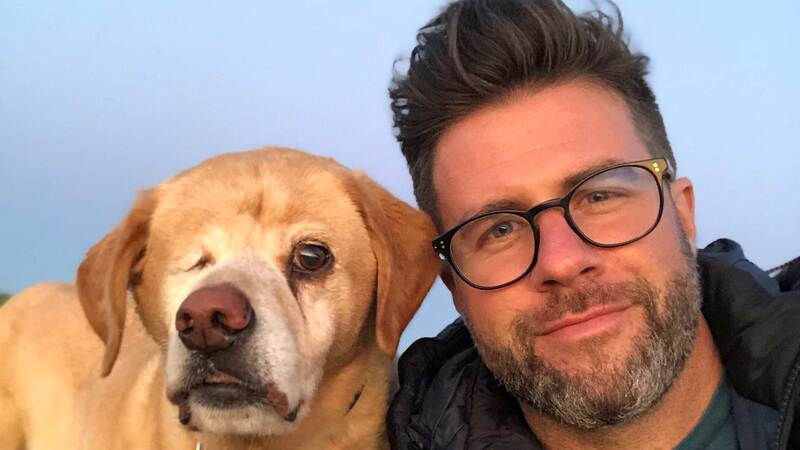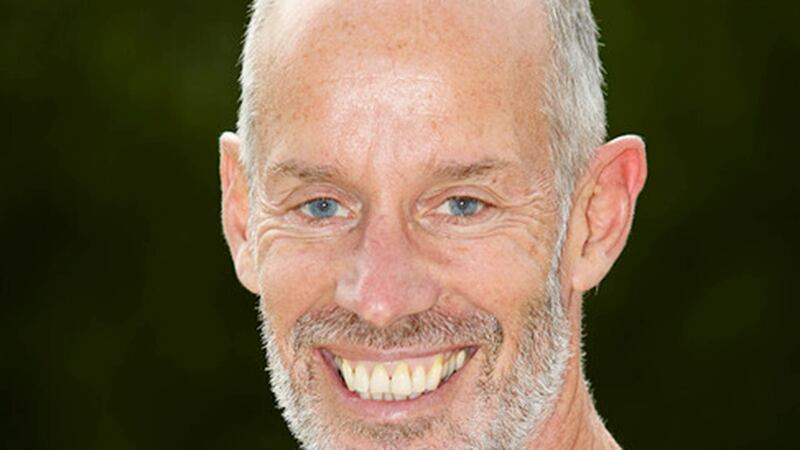You are viewing your 1 free article this month. Login to read more articles.
Forensic science: Fact vs fiction
When I was invited to take part in Crime Story it sounded like fun. It was also an opportunity to give up-and-coming crime authors "the skinny" on what being a forensic scientist actually entails. The career of forensic scientist sometimes gets a bit misrepresented in detective novels or on TV. Authors tend to use forensic as a blanket term for a lot of very different professions.
Take two of my favourite forensic characters: Patricia Cornwell’s protagonist Kay Scarpetta and Kathy Reich’s Temperence Brennan. When Scarpetta first made it into print she was a groundbreaking character. She is still, I think, one of the first characters that people think of in relation to forensics in the detective genre. However, Scarpetta is a forensic pathologist, focusing on finding out the cause of death. As for Brennan - like her author Kathy Reichs - she is a forensic anthropologist. That means that her studies focus on bones, hence her nickname "Bones". In the Bones novels Reichs matches Cornwell’s storytelling chops but backs it up with real life experience of forensic anthropology which is exactly what we hope Crime Story will get some budding crime authors on the road to doing.
However, neither of these characters are forensic scientists. I, on the other hand, have been a forensic scientist for over seven years now. During that time I have been involved in hundreds of cases, big and small. Most notably I was part of the re-investigation of the murder of Stephen Lawrence and more recently, the murder of Joanna Yeates. My forensic speciality is the examination of textile fibres in criminal investigations. The basis of my field of study is that when people come in to contact with each other - or with objects such as vehicles, broken windows, etc. - there is the possibility that fibres are transferred from their clothing. My job as a forensic scientist is to use those transferred fibres to provide us with information about not just what contact has occurred, but when it occurred – something which DNA is unable to provide.
Like me, most forensic scientists spend their days in a laboratory, painstakingly examining clothing and weapons for blood, semen, saliva, fibre and glass evidence to name but a few. Rarely are we involved in the police investigation, and in the cases where we are, it is only to discuss and advance the forensic strategy. I have never got to go out questioning witnesses, carrying a holster! Good authors – like Ann Cleeves, Louise Welsh and Margaret Murphy, who are speaking at Crime Story - are able to marry the glamorisation of the fictional forensic scientist with the scientific logic that underpins our profession. Take Lincoln Rhymes, the quadriplegic protagonist of Jeffrey Deaver’s novels. With the help of his on site observer Amelia Sachs he’s had 11 novels worth of page-turning adventures. Yet Deaver has managed to make him – out of all the characters I’ve mentioned – the closest to an actual forensic scientist.
That is why I think Crime Story is such a great event for crime writers. Many crime authors when they are starting out base their characters on what they’ve seen on TV or read in books. Crime Story gives them the chance to meet actual real-life forensic scientists and criminologists, ask us questions and even get up close and personal in the lab to see how we work.
My Top 5 fictional forensic characters:
1. Dr Kay Scarpetta from the Scarpetta series by Patricia Cornwell
The original. Groundbreaking at the time and remains the first fictional forensic character most people think of.
2. Dr Temperance Brennan from the Temperance Brennan series by Kathy Reichs
Kathy Reichs was able to combine the storytelling of Cornwell and back it up with her own experience of forensic anthropology.
3. Lincoln Rhyme from the Lincoln Rhyme series by Jeffery Deaver
The character which most resembles a forensic scientist.
4. Dr Hannibal Lecter from the Hannibal series by Thomas Harris
Again, not a forensic scientist in the true sense of the word but good references to forensic science throughout the books.
5. Sherlock Holmes from the Sherlock Holmes series by Sir Arthur Conan Doyle
OK technically not a forensic scientist but a detective who uses sound reasoning to solve a puzzle. This is how forensic scientists approach each case.















